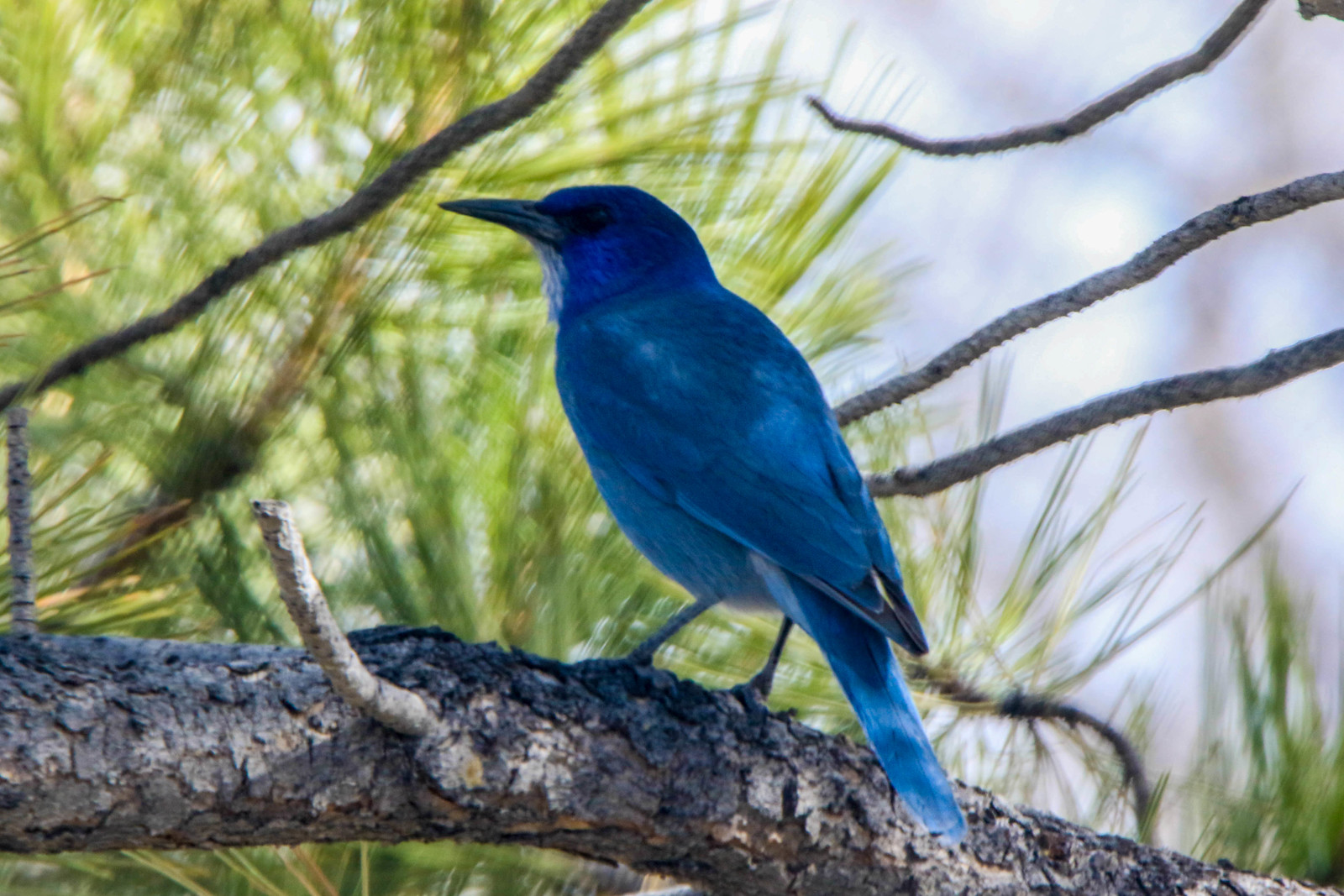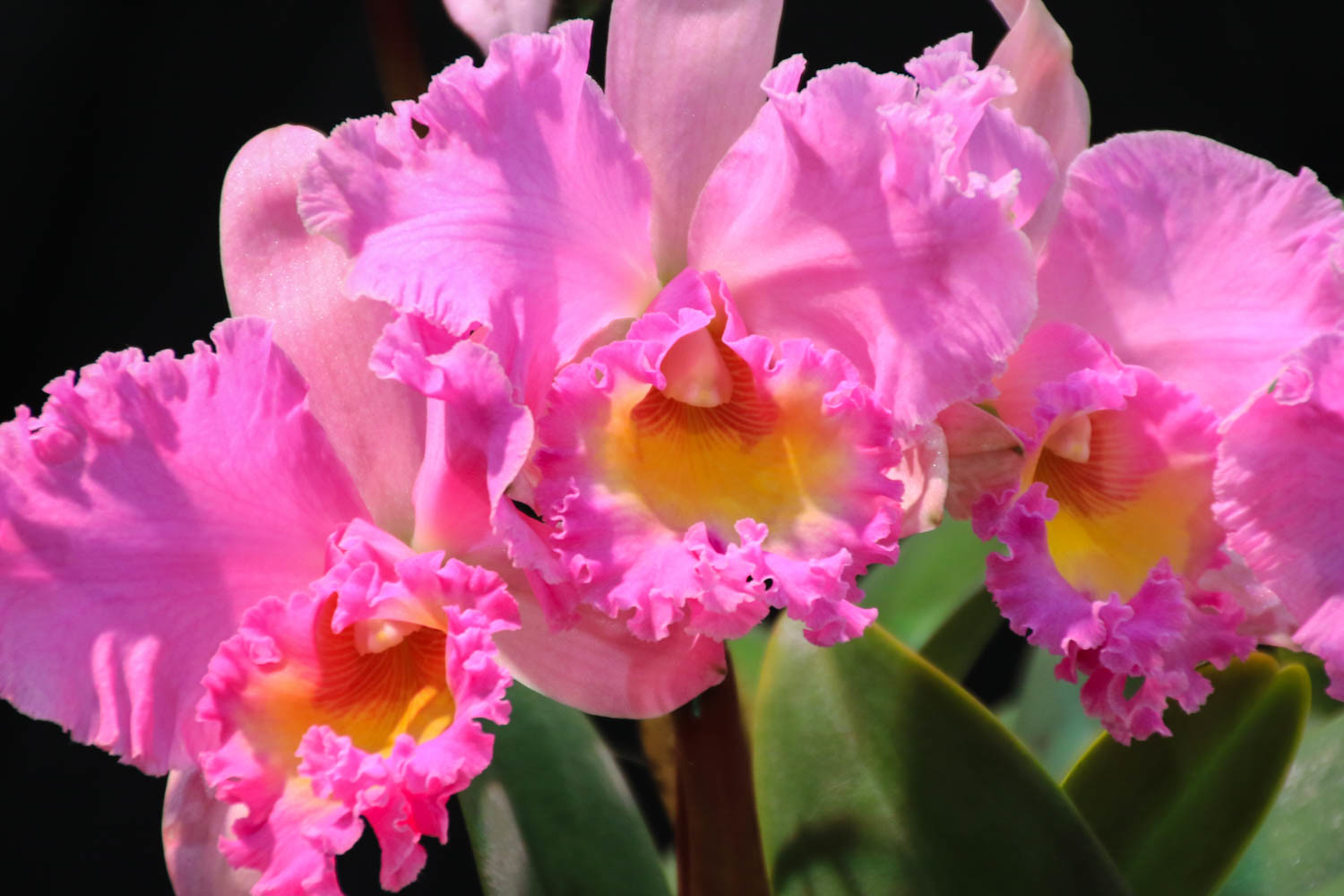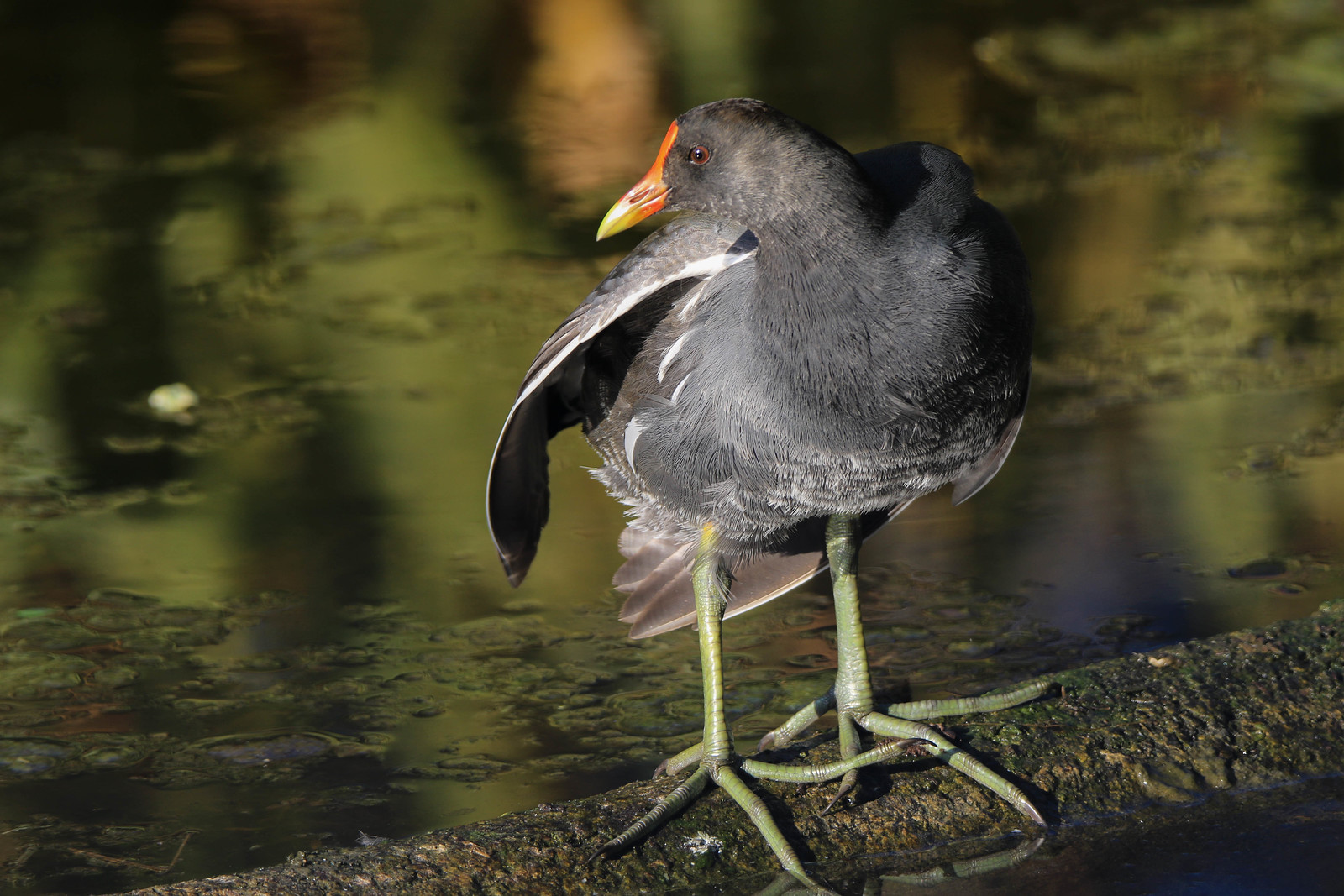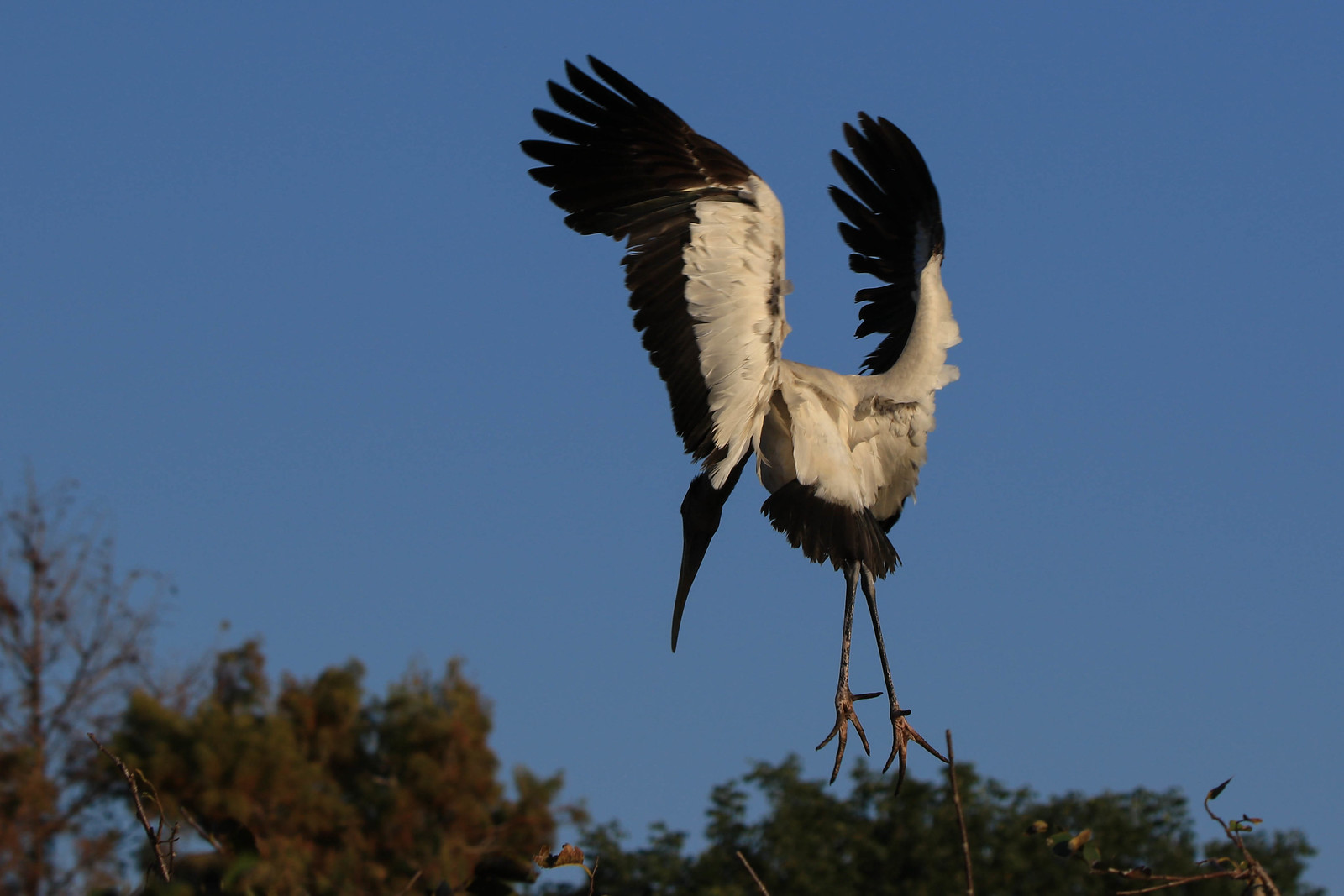Jays are a lively family of birds, closely related to crows and magpies, but much more colorful and compact. They are intelligent and playful, and have adapted to many different habitats. Here is a brief rundown - which one will you see tomorrow?
Even though most jays are now found in North America, the original
Jay comes from Europe and Asia. It was one of the birds described by Carl Linnaeus, who named it in Latin after the acorns - one of its favorite foods, which it buries in the ground like a squirrel. Its other special power? It can imitate sounds of many other birds perfectly.
 Blue Jay
Blue Jay is the jay most familiar to those of us living in the North American northeast corner. It ha a crest, which rises when it's agitated. Like other jays, it mobs and chases birds of prey in its territory - I've discovered many an owl by listening for Blue Jays' screams first.
 Florida Scrub Jay
Florida Scrub Jay is one of a family of North American scrub jays. It's the only jay restricted to a single US state. As the name implies, it lives in Florida, where it's threatened due to loss of habitat (it prefers a specific type of coastal scrub). I took this picture in a wildlife refuge next to Cape Canaveral.
 California Scrub Jay
California Scrub Jay is also named after a state - but it's found from California all the way up to British Columbia and in some neighboring states. Some cool facts: alongside only humans and dolphins, scrub jays are the only animals that can plan for the future (in their case, evidenced by specific places where they store food). And they can remember over 200 unique food caches!
 Canada Jay
Canada Jay is the state bird of Canada! It lives in the far north, and it readily approaches humans, begging for food. Canada Jays pair for life and raise chicks together. The cache thousands of pieces of food during summer, and rely on them to survive the cold boreal winters.
This is an adult Canada Jay from Minnesota:

This Canada Jay is a juvenile from Alaska:
 Steller's Jay
Steller's Jay is the western counterpart to the Blue Jay. Just like a Blue Jay, it sports a nice crest on its head. Its habitat stretches from Alaska all the way down to Nicaragua, preferring coniferous forests. It is the most wide-spread jay in most of its range. It is named after Georg Wilhelm Steller, who first described and collected them in 1741 in Alaska, as part of the Bering expedition.
 Green Jay
Green Jay is somewhat misnamed - it should have been named Green-and-Blue-and-Black-and-Yellow jay instead! It's hard to find another bird that combines these colors on one body. Green Jays live mostly in Central America, reaching only as far as Southern Texas in the US. Unlike some others, they are rather shy, and prefer to lurk in the brush whenever possible.

 Brown Jays
Brown Jays are also Central American - their northern limit is the Rio Grande. They are rather large and shaped more like magpies than typical jays. I took a picture of this Brown Jay in Costa Rica.
 White-throated Magpie-Jay
White-throated Magpie-Jay is another Central American species, occurring in the dry forests of Mexico to northern Costa Rica (where these pictures were taken). It is distinguished by a long tail and a three-feather crest.

 Woodhouse's Scrub Jay
Woodhouse's Scrub Jay used to be considered a single species with the California Scrub Jay. They were split a few years ago. They can be found west or Rocky Mountains, but east of the coastal states.
 Mexican Jay
Mexican Jay is the second jay in this list named after a country. While it mainly occurs in Mexico, it does reach southern Arizona, New Mexico, and Texas in the US. They occur in small flocks, and several "helper" birds might be found helpings a breeding pair built a nest and feed their young.
 Pinyon Jay
Pinyon Jay is the blue-est of the scrub jays. They defining characteristic is the unique habitat - they occur only in the pinyon, juniper, and ponderosa pine forests. Because of that, their range is limited - they can only be found in a few inland-western and southwestern US states. The are highly social and form large flocks the entire year, moving from tree to tree in search for food.


































































